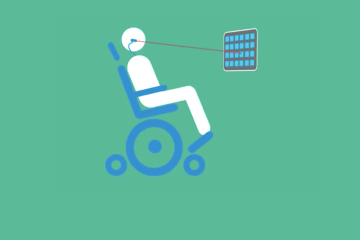The Neuroscience of Learning
It's really essential to understand how brain function works to really tap into how learners learn.
One of the biggest things to understand is the role of the amygdala and the prefrontal cortex and the cortex, because that is where the most reflective parts of the brain are. It's essential that we understand, even an elementary part of brain function, because it infuses our instructional methods.
Think of the role of the amygdala as a traffic cop. If information that is being learned is engaging and non-stressful the traffic cop amygdala will allow that information to be processed into the frontal cortex of the brain. If the student is bored, unengaged, in a stressful situation, the traffic cop amygdala role will stop it right there and send it back to the lower reactive brain stem areas of the brain and learning does not occur.
One of the other things that's really important to understand about the neuroscience of learning is the development of executive function.
What are executive function skills? They're the ability to plan, to organize, to sustain attention, to focus, to manage your time, to use your metacognitive higher level thinking skills, to be able to put it all together and sustain your focus and attention in the classroom.
These skills typically develop during the school years from 8 to 18. The part that's so important to understand is that the prefrontal cortex is the last part of the brain to develop. We need to ensure that there is reflection occurring in our classrooms, which helps to develop those higher level thinking skills.
It's important to understand we're not only teaching, we are facilitating brain development.
"It's really essential to understand how brain function works to really tap into how learners learn."





